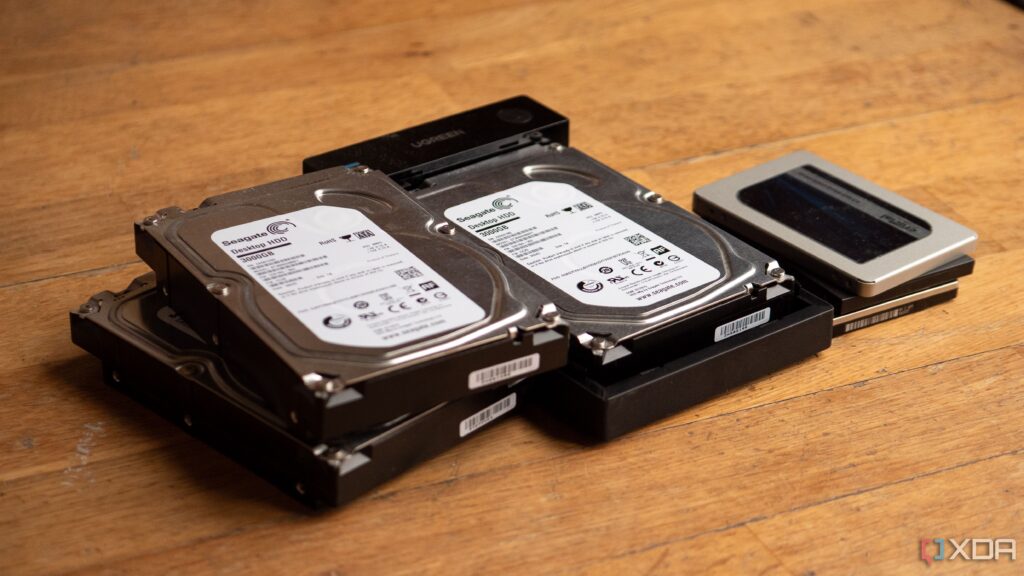
BREAKING: Users are discovering a groundbreaking method to enhance the resilience of their Linux systems through Btrfs snapshots. This innovative feature allows users to restore their systems to a stable state in mere seconds, drastically reducing downtime and recovery stress.
Linux enthusiasts have long grappled with the fragility of their systems following updates or misconfigurations. Traditional backup methods often leave users vulnerable, requiring lengthy restoration processes. However, Btrfs snapshots have just changed the game. Instead of waiting hours for backups to complete, users can now instantly roll back their entire system, ensuring a reliable and responsive computing experience.
This urgent update is crucial for anyone relying on Linux for daily tasks, experimentation, or development work. The pressure to maintain uptime and stability is ever-present, and Btrfs offers a safety net that significantly alleviates those concerns.
NEW DETAILS: By utilizing snapshots, users can experiment with new packages, kernel updates, or configuration changes without the fear of catastrophic failure. If a system update goes awry, simply reverting to a previous snapshot can restore functionality almost immediately. This rapid recovery is not only a time-saver but also a stress reliever for those who rely on their systems for critical tasks.
Historically, Linux users depended on cumbersome methods like rsync or full tarball backups. These approaches often resulted in incomplete recoveries, leaving essential files or configurations behind. With Btrfs, users benefit from a copy-on-write mechanism that captures the system’s state without duplicating data, allowing for lightweight and efficient snapshots.
Automated tools like Snapper and Timeshift further enhance the user experience by managing snapshots without manual intervention. They can take automatic snapshots before system upgrades or on a scheduled basis, ensuring continuous protection against unexpected issues. This automation is vital for users who frequently tinker with their systems.
WHAT TO WATCH FOR: Experts recommend that users looking to switch to Btrfs do so at the time of installation, as migrating from other filesystems like ext4 can be complex. While performance overhead is minimal, users engaging in heavy I/O tasks may experience slight slowdowns. Nevertheless, the peace of mind provided by snapshots makes this a worthwhile trade-off for everyday users.
It’s important to note that while Btrfs snapshots offer quick recovery, they are not a substitute for traditional backups. Users still need to back up their data to external or cloud storage to protect against total drive failures. The integration of snapshots provides a powerful complement to existing backup solutions, creating a comprehensive safety net.
As more users adopt Btrfs snapshots, the feedback is overwhelmingly positive. The ability to recover swiftly from mistakes and failed updates empowers users to take risks and explore new opportunities within the Linux environment. This freedom encourages learning and experimentation, fostering a vibrant community of Linux users eager to push boundaries.
In summary, Btrfs snapshots are transforming how Linux users manage and recover their systems. This revolutionary feature not only enhances reliability but also instills confidence, allowing users to engage with their systems more boldly. As the Linux landscape continues to evolve, the adoption of Btrfs for its snapshot capability is becoming a critical best practice.
ACT NOW: For those who want to experience a more resilient Linux system, exploring Btrfs snapshots is a must. Engage with the community, leverage automation, and discover how this technology can safeguard your computing experience today.







